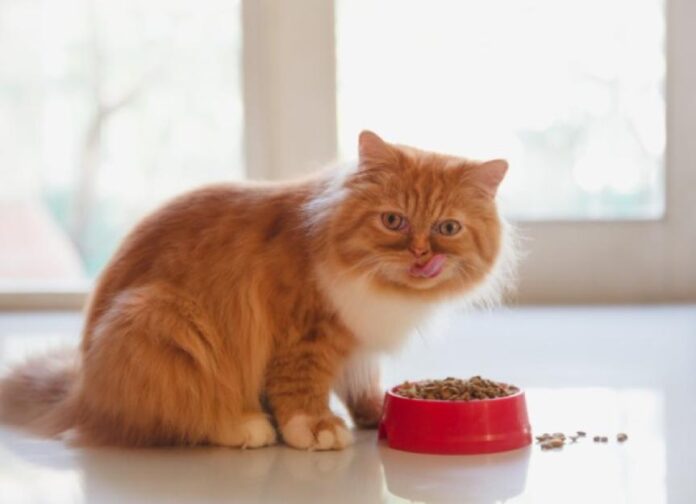Understanding Limited Ingredient Cat Food: A Guide for Modern Cat Owners
As a contemporary cat owner, you may have encountered the term “limited ingredient” cat food. Whether recommended by your veterinarian for addressing food allergies or marketed as a natural dietary choice, understanding these diets is vital before incorporating them into your cat’s meal plan.
What Is Limited Ingredient Cat Food?
A limited ingredient cat food diet is designed to reduce the variety of ingredients, focusing instead on fewer protein and carbohydrate sources. The primary goal is to provide a nutritious meal while minimizing the risk of adverse food reactions or allergies.
However, it’s important to note that the term “limited ingredient” is not strictly regulated by the FDA. This lack of regulation means pet food manufacturers can label their products as “limited ingredient” regardless of the actual ingredient count.
To ensure you’re choosing a true limited ingredient diet, it’s advisable to examine the product label carefully and consult your veterinarian for guidance.
Key Components of Limited Ingredient Cat Food
Genuine limited ingredient cat foods typically consist of:
- One primary protein source
- One carbohydrate source
- Nutritional supplements
- Essential fats for balanced nutrition
Since cats are obligate carnivores, the protein source should be of animal origin. Limited ingredient diets usually feature “novel proteins” that your cat may not have previously encountered. Commonly recommended protein options include:
- Duck
- Rabbit
- Venison
Common carbohydrate sources in these diets may include potatoes and peas. It’s advisable to avoid fruits and vegetables, as well as additives like kelp, which might complicate the identification of food allergies.
Grain-Free vs. Limited Ingredient Diets
While grain-free cat foods often limit certain ingredients, they are not necessarily classified as limited ingredient diets by veterinarians. The term “grain-free” lacks FDA regulation and does not indicate the overall number of ingredients.
Many grain-free diets substitute whole grains with other carbohydrate sources like lentils or sweet potatoes while maintaining similar protein sources (e.g., poultry, fish). It is crucial to note that grain allergies in cats are extremely rare, and most cats digest grains well.
Do Limited Ingredient Diets Provide Any Advantages?
If your cat is healthy, switching to a limited ingredient diet may not be necessary. Nutritional content is significantly more important than the range of ingredients present. A balanced diet containing chicken, beef, eggs, or rice can often surpass the benefits of a poorly balanced limited ingredient diet.
Is a Limited Ingredient Diet Right for Your Cat?
The main motivation for cat owners to explore limited ingredient diets is to diagnose or treat potential food allergies. Symptoms warranting consideration include:
- Vomiting
- Diarrhea
- Itchy skin
- Frequent ear infections
While true food allergies are less common than perceived, if a food allergy is suspected, veterinarians may suggest a diet trial that incorporates a limited ingredient diet. These diets may also assist in managing conditions like pancreatitis or inflammatory bowel disease.
It’s crucial to note that preemptively switching to a limited ingredient diet to prevent future allergies can be counterproductive. Exposing your cat to unique proteins may complicate the diagnosis and treatment of actual allergies.
Testing for Food Allergies with Limited Ingredient Diets
Although high-quality limited ingredient diets are available, veterinary recommendations typically favor prescription hydrolyzed protein diets for allergy testing due to better control over contamination. Manufacturers such as Royal Canin employ rigorous quality control, including PCR testing for potential contaminant proteins.
In hydrolyzed diets, protein molecules are broken down into smaller pieces, making them digestible but less likely to cause allergic reactions. If your cat has been exposed to numerous protein sources, this approach can streamline a diet trial.
Should you believe your cat could benefit from a limited ingredient diet featuring novel proteins, consult your veterinarian. They can provide recommendations tailored to your cat’s dietary history and health needs.
Featured image: iStock.com/pat138241











